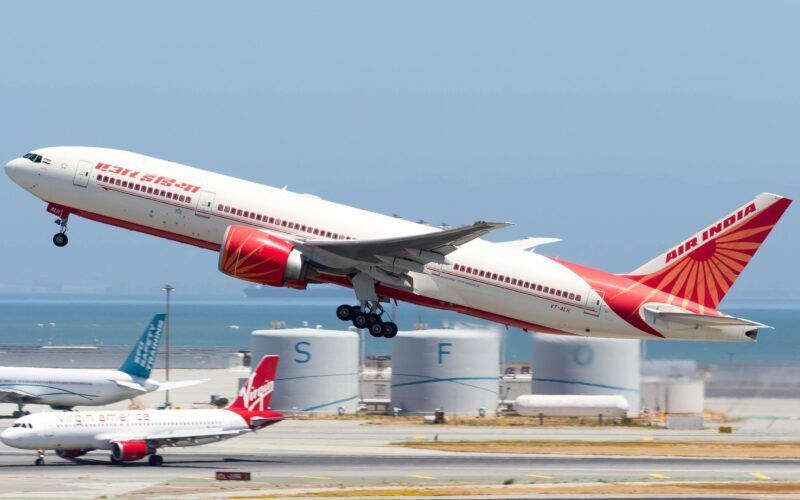India’s Soaring Aviation Market Faces Urgent Need for 30000 New Pilots

India’s aviation industry—already one of the fastest-growing in the world—is facing a looming pilot shortage of unprecedented scale. According to Union Civil Aviation Minister K. Ram Mohan Naidu, the country will need up to 30,000 new pilots to operate the 1,700 aircraft currently on order by Indian airlines. The figure underscores both the explosive growth of India’s commercial aviation sector and the pressure to expand its flight training capacity.
At present, India has roughly 8,000 licensed pilots, of whom 2,000–3,000 are not actively flying, Naidu said. With each commercial aircraft requiring 10–15 trained pilots, the expanding fleet will soon demand far more cockpit professionals than the country can currently supply. The minister stressed that the existing network of 38 Flying Training Organizations (FTOs) lacks sufficient capacity and urged immediate expansion to avoid bottlenecks that could stall airline growth.
“India’s aviation boom is real, but it must be matched with the right infrastructure,” Naidu said, proposing the establishment of training-focused airports—similar to cargo hubs—to support large-scale pilot development. The government also plans to introduce a rating system for FTOs, encouraging higher training standards and greater output efficiency.
The pilot gap has far-reaching implications for India’s workforce and economy. Naidu highlighted that each aviation job creates up to 15 indirect jobs in related sectors such as maintenance, logistics, and airport operations, far exceeding the six-to-one ratio cited by the International Air Transport Association (IATA). With India currently operating about 834 active aircraft, even the present fleet shows signs of strain from a shortage of qualified pilots.
Beyond pilot training, the government’s aviation vision includes strengthening the broader “Make in India” aerospace ecosystem. Naidu revealed plans to double domestic aircraft component manufacturing from $2 billion to $4 billion by 2030, advancing India’s ability to design, build, and maintain aircraft locally.
The Civil Aviation Ministry’s roadmap also calls for dedicated cargo and training airports to anchor long-term growth. These would not only address the immediate shortage of skilled aviators but also position India as a global training hub, capable of attracting international cadets.
In short, India’s aviation surge is reshaping the country’s skies—but sustaining that growth will depend on building the talent and infrastructure to keep up. With 1,700 new aircraft expected over the next 15 to 20 years, the government’s race to train 30,000 new pilots may well determine whether India’s ascent in global aviation continues uninterrupted.
Related News: https://airguide.info/?s=india
Sources: AirGuide Business airguide.info, bing.com, aviationa2z.com
